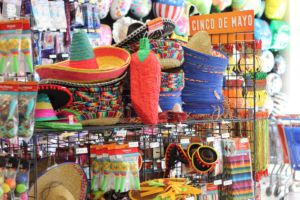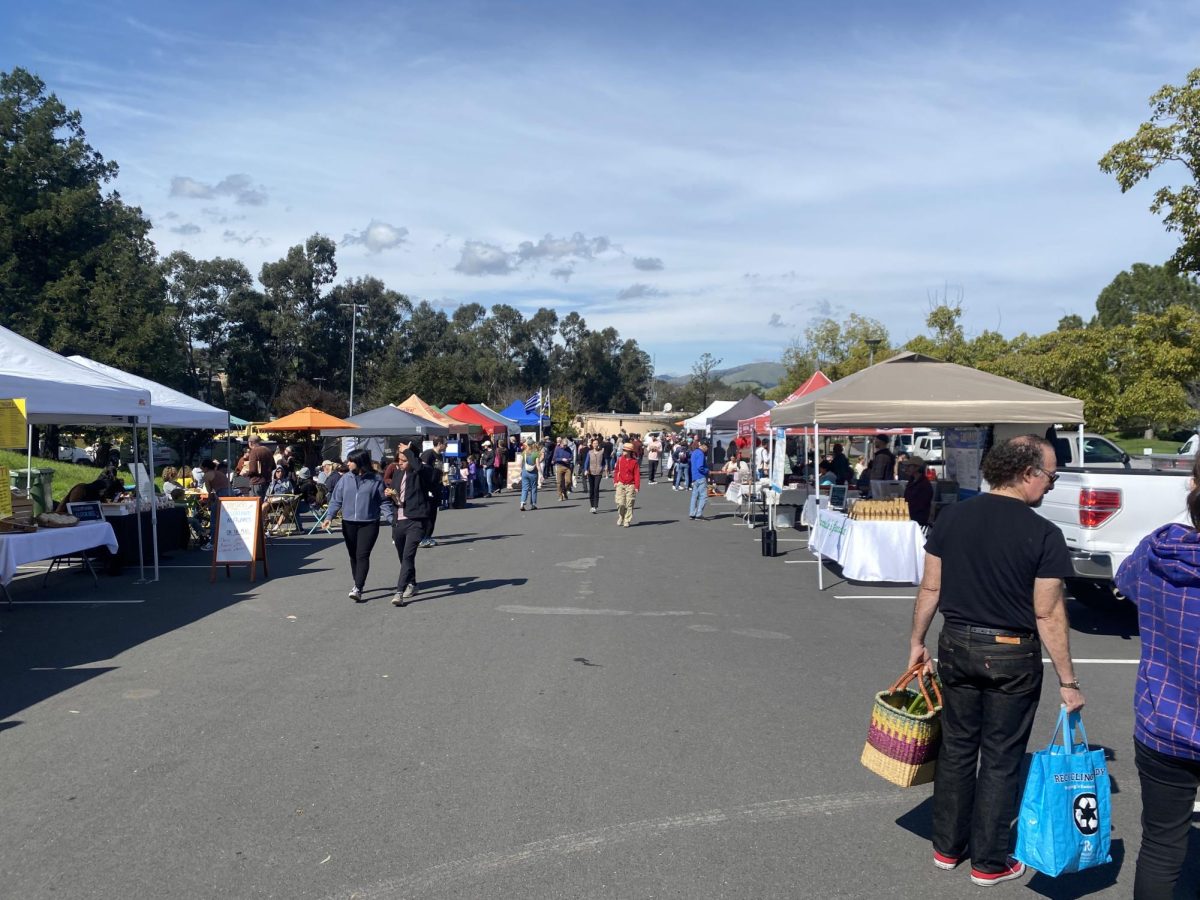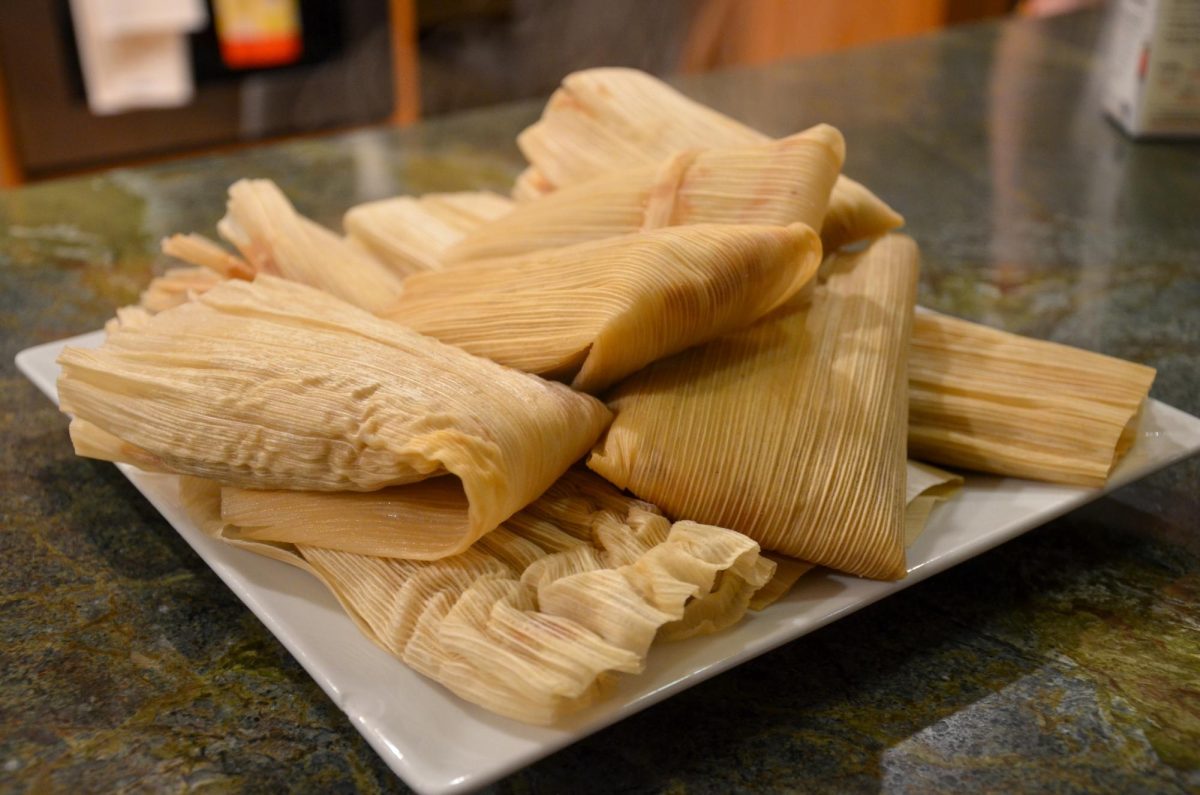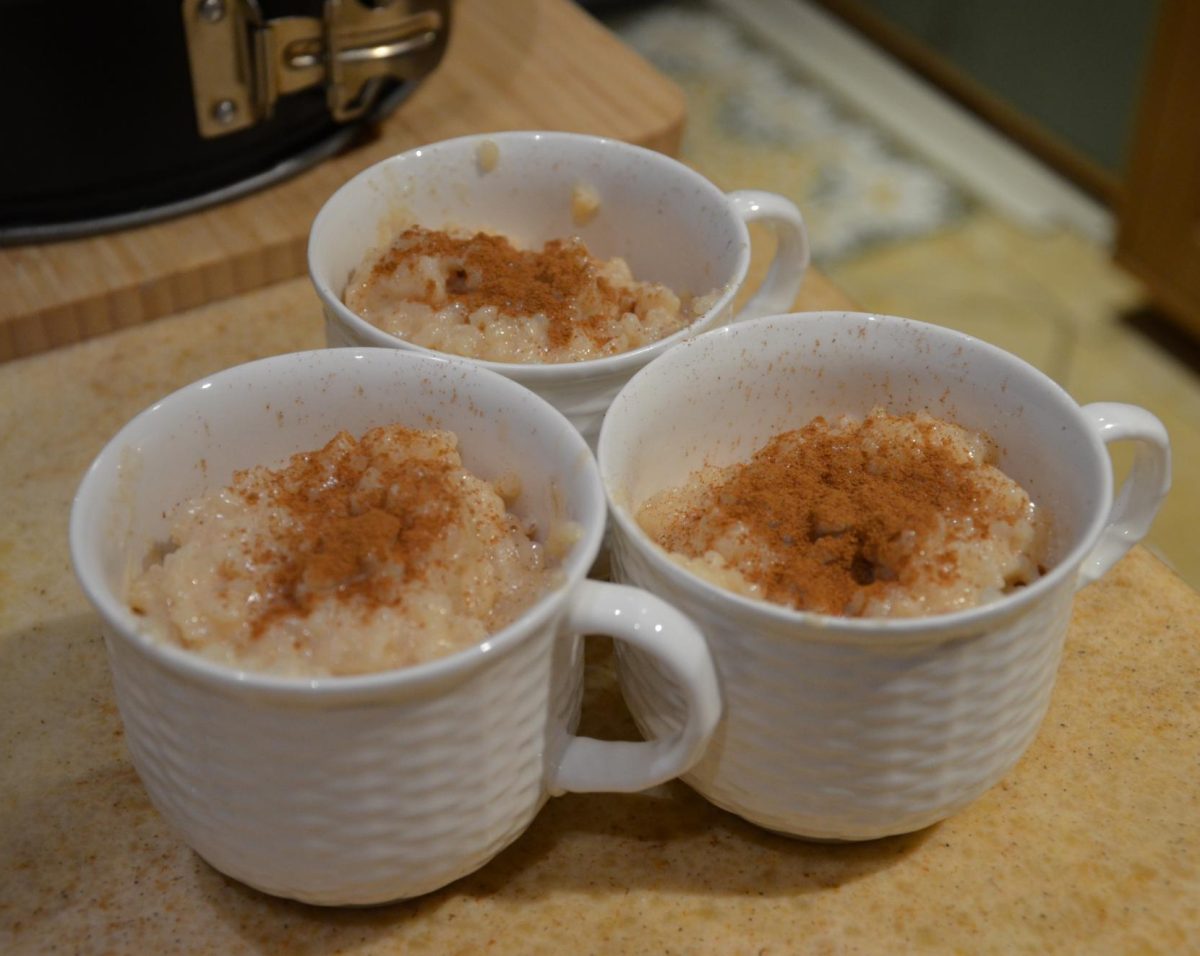Hace clic aquí para lee en español
Guacamole, burritos, fajitas, quesadillas, sour cream and salsa—yum! You can almost taste Cinco de Mayo on the tip of your tongue. Many parents and students around Marin probably washed down that mouthwatering food with margaritas and Mexican beer.
As much as we enjoy this holiday, many Americans erroneously believe that Cinco de Mayo is the equivalent of the Fourth of July for Mexicans. The day has evolved into a cultural celebration in which over-indulgence is often encouraged.
According to a 2006 study by the Journal of American Culture, more than 150 locations in the U.S. have official Cinco de Mayo celebrations each year and thousands attend annually. The world’s largest Cinco de Mayo party takes place in Los Angeles, called the “Festival de Fiesta Broadway,” and it attracted about 7,000 people this year.
New York City, Denver, Houston and other major cities also throw large parties in honor of the day. There are parades, food, dancing, fake sombreros and mustaches, mariachi bands, music and even Chihuahua races at the Chandler, AZ celebration.
The California Avocado Commission estimates that 87 million pounds of avocados will be consumed during this year’s celebration—equivalent to 175 million avocados. Per the Distilled Spirits Council, tequila sales double in bars and restaurants on Cinco de Mayo. According to the Nielsen ratings company, there was nearly $735 million of beer and related malt beverage sales during the week of Cinco de Mayo last year.
This data serves to show that the holiday has become commercialized. Junior Cesar Segundo, a Mexican student who has been in the U.S. since January, believes Cinco de Mayo celebrations in America have become overly focused on consumption, particularly the consumption of food and alcohol.
“Because of the mass marketing and commercialization of this date, Cinco de Mayo, you will see in your mind carne asada, tacos, guacamole and chips,” said Spanish teacher Todd van Peursem.
There should also be concerns about over-consumption on Cinco de Mayo, and Spanish teacher Debbie McCrea recently referring to the holiday as “Drinko de Mayo.”
“In the ‘80s, you started to see [it become] more of a ‘Hallmark holiday’ with the mass marketing of the Mexican restaurants, the beer companies and the fad of margaritas,” Van Peursem said.
The holiday has evolved into a sometimes kitschy cultural celebration.
“It’s all about consuming products and also having other stereotypical elements of the Mexican culture such as piñatas and folkloric dances,” McCrea said.
Oftentimes, the Cinco de Mayo celebrations here have no real cultural roots, similar to the corruption of the St. Patrick’s Day parade.

“On college campuses [there are] massive quantities of Coronas, Dos Equis, Negra Modelos and margaritas flowing,” Van Peursem said. “[Cinco de Mayo] is just an excuse to get out and party.”
Both Cinco de Mayo and St. Patrick’s Day celebrations have become popular in the U.S. even though most Americans do not understand their historical significance.
Cinco de Mayo festivities in Mexico pale in comparison to the U.S. celebrations because Cinco de Mayo is actually a fairly minor holiday in Mexico, commemorating the Mexican army’s surprising victory over Napoleon III’s French forces in 1862.
Although the Mexican army was greatly outnumbered by the French, who had also not lost a battle in over 50 years, the Mexicans won the battle that day. While the French would win the war and take over the country within a year, this battle came to represent Mexicans’ pride and unity in the face of a formidable foe.
Today Cinco de Mayo is not that important in Mexico and is celebrated mainly in the state of Puebla with political speeches and battle reenactments.
Segundo, who is from Puebla, agreed that the celebrations there are minor in comparison to those the U.S.
“We don’t really celebrate it at all,” he said. “We just don’t go to classes and [have] a parade in the town—that’s all.”
It has become a much bigger deal in the United States as a celebration of Mexican culture and heritage, particularly in areas with large Mexican-American populations, although much of the celebration is focused on more superficial aspects of Mexican culture, such as food and drinks.
Another reason for the holiday’s increasing popularity is the rapid growth of the Mexican-American population and cultural influence in the U.S. in the past few decades. In 1970, there were fewer than one million Mexican immigrants in the country.
But although the Mexican-American population has increased, that doesn’t mean that the celebration of Cinco de Mayo has gotten any more authentic.
Hence, Cinco de Mayo has become a cultural, rather than historical, celebration. This is where its real importance lies.
“It’s a day to honor and respect and appreciate and take pride in one’s heritage. I think that is a beautiful thing to celebrate,” Van Peursem said.
So even though the intentions behind Cinco de Mayo celebrations are positive and attempt to honor Mexican heritage, we need to take into account that Mexican culture is more than margaritas and an excuse to party.






















